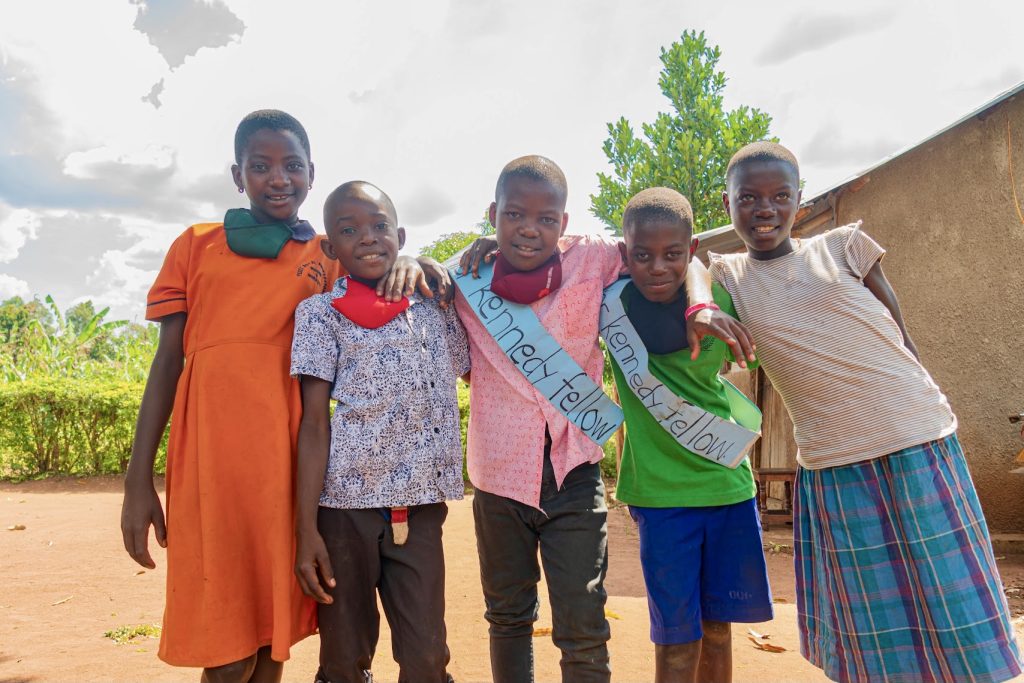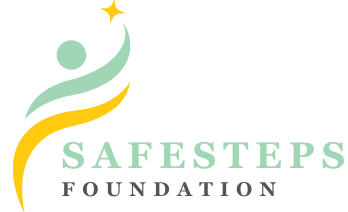
Education: Early childhood & primary (Literacy)
We want to talk about how reading, and reading together in particular, can transform outcomes for children. Reading Together, Changing Children’s Lives is our new action plan based on the experience of working with thousands of families and thousands of local partners, including health visitors, nurseries, schools and libraries.
Here are the steps to encourage families to embrace reading habits during the formative years of a child’s life. Our four recommendations include:
- Integrating reading into the daily routines of every low-income family.
- Utilizing shared reading experiences to bring joy and stability to vulnerable children.
- Assisting antenatal and early years professionals in promoting shared family reading.
- Providing support for primary school educators to nurture a passion for reading
Quote “I am urging the family leaders for their commitment in helping all families – whatever their circumstances or challenges – become a reading family”
Why reading matters
We live in challenging times for children. Many more families are now living in poverty due to the cost of living crisis.
Children who missed out on critical development opportunities during the pandemic have fallen behind in terms of language development, literacy and communication skills. Their social and emotional well-being has been affected. There is significant risk their attainment at school and their long term life chances will suffer.
But we know that there is a way of helping to address these issues.
Children who read regularly, and who read by choice, do much better on a wide range of outcomes than those who do not. We have reviewed hundreds of qualitative and quantitative studies to establish that children who read are more likely than peers who don’t read to:
- Overcome disadvantage caused by inequalities
- Be happier, healthier and experience better mental wellbeing and self-esteem
- Do better at school and make more progress across the curriculum
- Develop empathy and creativity
The beauty about shared reading?
Although reading, in general, influences outcomes, our research highlights three crucial elements unique to shared reading. When adults engage in shared reading of picture books with babies and children, both immediate and long-lasting advantages become evident.
- Physical proximity and mutual focus: Engaging in relaxed reading sessions fosters bonding and attachment. Sharing a common focus with an adult aids in developing concentration, decoding skills, and comprehension
- Pleasure: When a child witnesses an adult actively engaged and finding joy in a story, they also experience enjoyment.
- Engagement: Reading interactively fosters relationship building and aids in children’s language and cognitive growth, producing advantages as early as two weeks old. In this approach, an adult actively involves the child by encouraging them to touch and explore the book, while also attentively observing and responding to the child’s cues and expressions.
Our Thinking:
Using shared reading to bring enjoyment and stability to vulnerable children
Supporting primary school teachers to cultivate a love of reading.
Our Reach
People we have been able to reach in Education support
